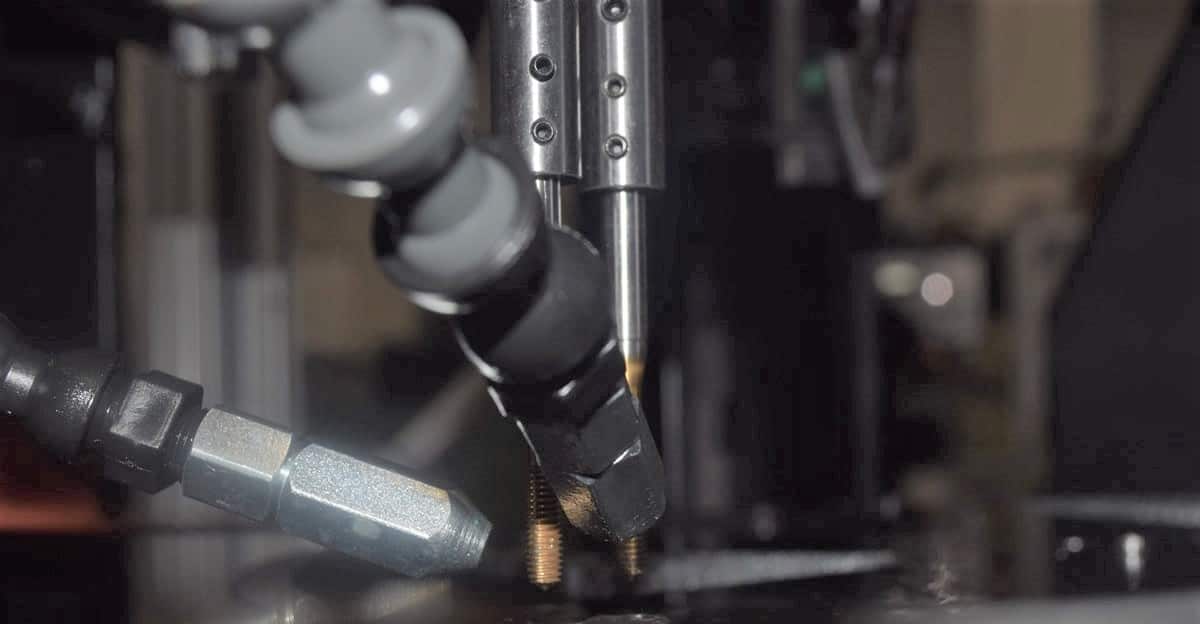It is commonly known that automation, arises from the need to produce a high number of pieces in a short time and mostly with a level of repeatability and tolerance close to perfection.
Human supervision, according to the new philosophy, has to be so significantly reduced that the word "operator" is now only a legacy of the past, since the job of those who hold that role is no longer to operate but “to control”
However, nowadays there are only few sectors that are still lucky enough to have large numbers of parts to be scheduled in production. After the crisis that begun more than a decade ago, there has been a sequence of ups and downs mixed with promises and hints of confidence, forecasts, and hypotheses of trends. However, we haven’t a returned to full production yet.
Automation has adapted and has evolved from being rigid and heavy to being flexible and "minimal". Cast iron bases have turned into aluminum profiles, oil tanks have given way to MQL systems, therefore spaces have necessarily shrunk. Evolution and adaptation in the world of industrialization are generated by the same needs as the evolution of people and follow the same key points of human adaptation to conditions of majeure force. In this case, we also speak about species’ survival and origins’ conservation. In order not to die and not to be invaded, the silent and laborious world made by all that group of small-medium craftsmen and inventors has shaped its ideas over the time to serve something bigger and longer lasting than themselves.
There must be four prerogatives: quality, savings, autonomy and flexibility. The new machine concept must embrace all these concepts and mix them to form something attractive for the market. It must be something that has a value that justifies the purchase and makes it less tragic to predict that an article will change shape in the future, that a center distance will move or that, in the worst cases, will go out of production.
This can happen in any sector because everything evolves. Cars are constantly changing (laws and governments encourage this change, perhaps as an attempt to keep consumerism alive), engines are designed differently, materials change not only in the metalworking sector but also in the appliance and building sector and the list could go on forever.
Especially in the latter case, above all in the production of accessories for windows, components changes are on the agenda. The competition, perhaps among the highest ever, is so high to lead to the implementation of the research aimed at improving and optimizing production costs. Die-cast zamak or cold-pressed steel parts need to be picked up mostly with drilling, threading and screwing operations. The biggest problem for those who produce in this sector is the great variety of components that have similar shape but with significant geometric differences, due to which it isn’t possible combine different pieces in the same production cycle which is therefore defined as “rigid”. This is the reason why the idea of a special machine has been developed , which is consequently rigid by its intrinsic nature but also flexible and quick in format change. Luckily, in the world of aluminum frames, large numbers, even though fragmented, are still there, but each component doesn’t employ a single machine. To make ends meet, therefore, it is necessary to use a single machine which makes it possible to perform a format change quickly, intelligently and can be handled even by an inexperienced operator.
Which are the limits? Those we impose on ourselves. Theoretically, with a machine designed to be flexible, we can work any type of piece and all similar ones. It’s only necessary to establish the number of stations at the start, the structural capabilities of each individual station (power, torque, number of revolutions, etc …)the cycle time and the quality to be reached. Everything else is design.
The replacement of various components to perform the format change is an operation of limited duration, and varies according to the piece to be produced. The operator is facilitated in the operation by fixed references that leave no room for tooling errors.
Once the machine has been equipped for the new production, it is sufficient to recall the piece to be machined from the touch screen. The possibility to use the 4.0 interface also helps the operator by indicating him which the next format changes will be so that the fitter can prepare the components to be replaced in advance.
This machine concept can be applied to any production sector. For any need or evaluation, Euroma Group is at your complete disposal. We’ll be happy to deal with any type of request to give you the most effective solution to your production needs.


